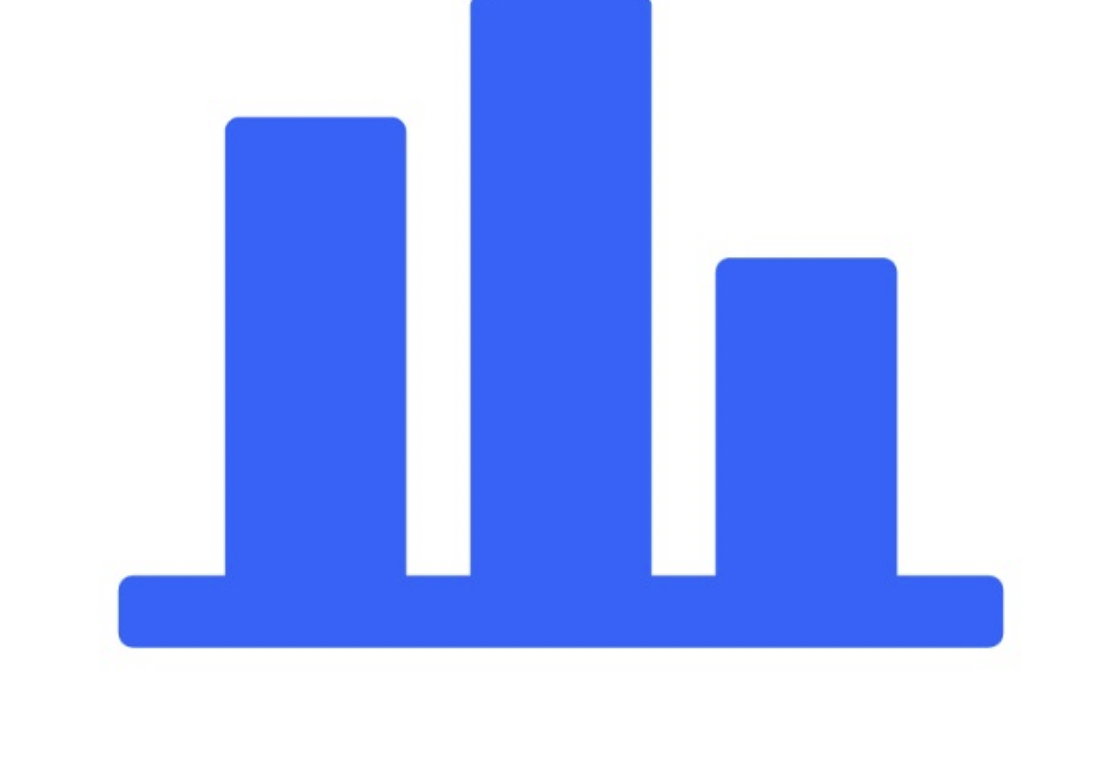Learn How to Read Charts, Spot Trends, and Make Smarter Trading Decisions
In forex trading, success often depends on your ability to read the charts.
That’s where technical analysis comes in — a method used by traders to study price movements, patterns, and market behavior to make informed decisions.
At Holo Forex, we teach traders how to interpret market data visually, helping them turn complex information into simple, actionable insights.
Here’s a beginner-friendly introduction to the essentials of technical analysis: candlestick charts, technical indicators, and chart patterns.
1. Understanding Candlestick Charts
Candlestick charts are the foundation of technical analysis.
Each candle represents a specific period of price movement — showing how buyers and sellers interact in real time.
Anatomy of a Candlestick
Every candle has four key components:
Open – the price at which the period started
Close – the price at which it ended
High – the highest price during that period
Low – the lowest price during that period
If the close price is higher than the open, the candle is usually green or white (bullish).
If the close price is lower than the open, it’s red or black (bearish).
Example:
A green candle on EUR/USD means the Euro gained strength against the Dollar during that time frame.
Why Candlesticks Matter
Candlestick charts make it easy to spot:
Trends (up, down, or sideways)
Momentum (strong vs. weak moves)
Reversal signals (like doji or engulfing candles)
They give traders a visual story of market psychology — who’s in control: buyers or sellers.
2. Using Technical Indicators
Indicators are tools that help you interpret price action mathematically.
They don’t predict the future but help confirm what’s happening on the chart.
Here are three of the most popular indicators every beginner should know:
A. Moving Averages (MA)
Moving averages smooth out price data to help you see the overall direction (trend) of the market.
Simple Moving Average (SMA): Average price over a period (e.g., 50-day or 200-day).
Exponential Moving Average (EMA): Reacts faster to price changes.
Example:
If the 50-day MA is above the 200-day MA, it signals an uptrend — known as a “Golden Cross.”
Use It For: Identifying trends and potential reversals.
B. Relative Strength Index (RSI)
RSI measures the strength and speed of price movements on a scale of 0 to 100.
Above 70 = Overbought (price may fall soon)
Below 30 = Oversold (price may rise soon)
💡 Example:
If RSI on USD/JPY is above 70, it could mean the pair is overbought — and a correction might be near.
Use It For: Timing entries and exits in trending or ranging markets.
C. Moving Average Convergence Divergence (MACD)
The MACD shows momentum and trend direction using two moving averages and a histogram.
When the MACD line crosses above the signal line → bullish signal
When it crosses below → bearish signal
Example:
If the MACD crosses upward while prices rise, it confirms a strong uptrend.
Use It For: Confirming trend strength and momentum shifts.
3. Chart Patterns — Recognizing Market Behavior
Chart patterns are visual formations on the price chart that indicate potential trend continuations or reversals.
They help traders anticipate market moves based on historical behavior.
Here are three classic patterns every beginner should recognize:
A. Head and Shoulders Pattern
This is a reversal pattern that signals a possible end of an uptrend.
It looks like a person’s silhouette — a head (peak) between two shoulders (smaller peaks).
When It Appears:
After a long uptrend, it may indicate that buying pressure is fading and sellers are taking control.
Use It For: Spotting reversals from bullish to bearish trends.
B. Double Top and Double Bottom
These patterns signal a potential change in direction.
Double Top: Forms after an uptrend when price tests the same resistance twice but fails to break higher → bearish signal.
Double Bottom: Forms after a downtrend when price tests the same support twice but fails to break lower → bullish signal.
Example:
EUR/USD rises to 1.1100 twice and fails both times — a double top suggesting a reversal down.
Use It For: Identifying reversal areas for potential trade entries.
C. Continuation Patterns (Bonus)
Sometimes the market pauses before continuing its trend.
Common continuation patterns include:
Triangles (ascending, descending, symmetrical)
Flags and Pennants
These indicate a “rest” in the market before the price continues in the same direction.
4. Combining Technical Tools for Better Analysis
The best traders don’t rely on one signal — they combine multiple tools for confirmation.
Example Workflow:
Identify trend direction using Moving Averages
Confirm momentum with RSI or MACD
Look for a chart pattern near a support or resistance level
Place trades with stop-loss and take-profit orders
Tip: Always use technical analysis together with risk management and awareness of fundamental events (like news or rate decisions).
Key Takeaways
Candlestick charts show how price moves visually — telling the story of buyers vs. sellers.
Indicators like Moving Averages, RSI, and MACD help confirm trends and momentum.
Chart patterns reveal where the market may continue or reverse.
Combining multiple tools gives stronger, more reliable trade setups.
Final Thoughts
Technical analysis is the language of the forex market — it turns data into direction.
Learning to read charts, spot trends, and recognize patterns gives you the confidence to trade with logic, not emotion.
At Holo Forex, we help traders master the art of analysis — because the more you understand the charts, the clearer your trading decisions become.


